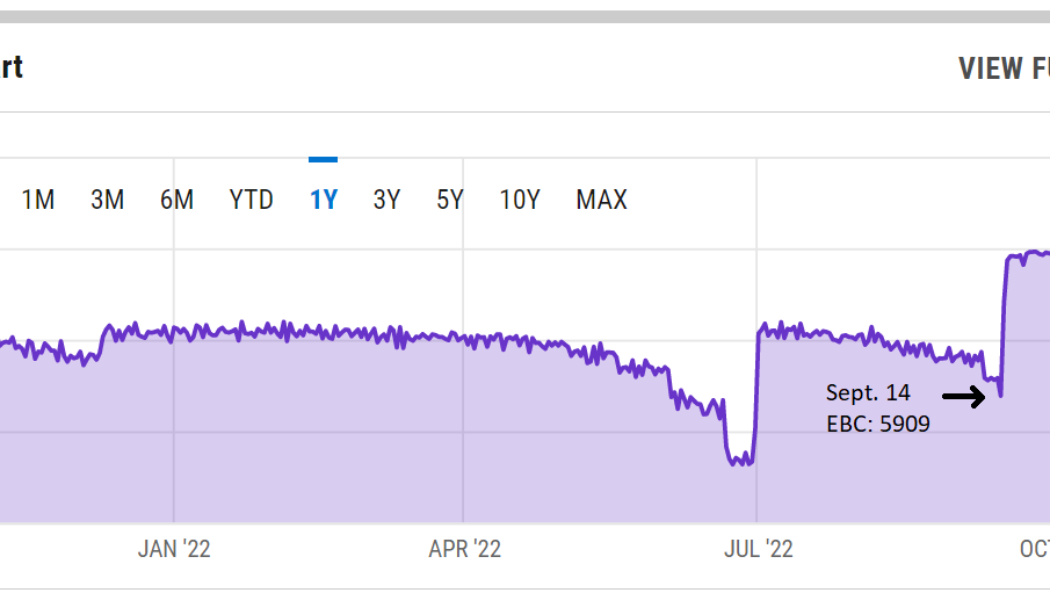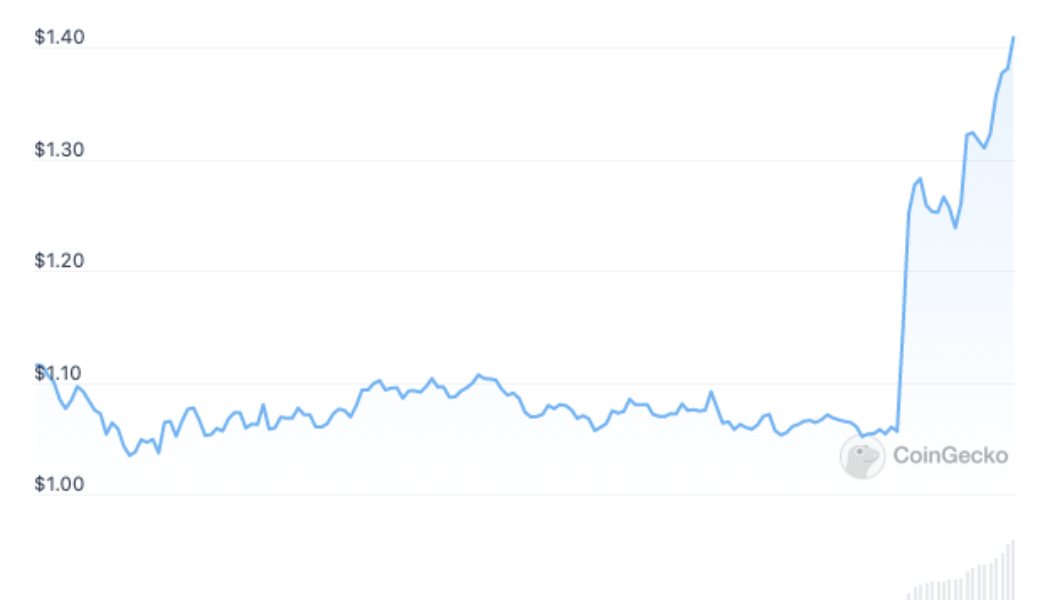PoW
Ethereum Merge spikes block creation with a faster average block time
The Merge upgrade for Ethereum (ETH), which primarily sought to transition the blockchain into a proof-of-stake (PoS) consensus mechanism, has been revealed to have a positive impact on the creation of new Ethereum blocks. The Merge was considered one of the most significant upgrades for Ethereum. As a result of the hype, numerous misconceptions around cheaper gas fees and faster transactions plagued the crypto ecosystem, which was debunked by Cointelegraph. However, some of the evident improvements experienced by the blockchain post-Merge include a steep increase in daily block creation and a substantial decrease in average block time. Ethereum blocks per day. Source: YCharts On Sept. 15, Ethereum completed The Merge upgrade after successfully transitioning the network to PoS. On the same...
The Merge: Top 5 misconceptions about the anticipated Ethereum upgrade
The excitement around Ethereum’s (ETH) upcoming upgrade, The Merge, which involves the merger of two blockchains — Mainnet Ethereum and Beacon Chain — has unknowingly spurred rumors across the community. Termed the most significant upgrade in the history of Ethereum, The Merge does indeed mark the end of proof-of-work (PoW) for the Ethereum blockchain. However, here are five misconceptions that stand out among the rest. Misconception 1: Ethereum gas fees will reduce after The Merge Ethereum’s impending upgrade will reduce Ethereum’s infamous gas fees (transaction fees) is one of the biggest misconceptions circulating among investors. While reduced gas fees tops every investor’s wishlist, The Merge is a change of consensus mechanism that will transition the Ethereum blockchain from PoW to p...
Ethereum fork a success as Sepolia testnet gears up to trial the Merge
The difficulty bomb-delaying Gray Glacier hard fork went live on Ethereum on Thursday without a hitch according to the network’s core devs including Ethereum Foundation’s Tim Beiko. The Sepolia testnet is also set to run through its Merge trial over the next few days and is the second last testnet to go through the trial before the official Merge. According to Etherscan, the Gray Glacier hard fork was initiated on block number 15050000 at roughly 6:54 am ET, June 30. The hard fork will now delay the difficulty bomb by roughly 700,000 blocks or 100 days, giving devs until mid-October to complete the long-awaited Merge. Ethereum Foundation community manager Tim Beiko promptly went to note on Twitter later that day that at 20 blocks past the fork, all monitored notes remained in sync, st...
‘Unique phenomenon’: All 5B toncoins mined on PoS TON blockchain
The TON Foundation, an organization developing the Telegram-initiated blockchain project, the TON blockchain, on Tuesday officially announced that TON miners have mined the final toncoin. “Tens of thousands of miners have mined the entire issuance of toncoins, which was about 5 billion tokens,” TON Foundation founding member and core developer Anatoly Makosov said in a statement to Cointelegraph. The last toncoin was mined on June 28, he noted. The end of toncoin mining marks a major milestone in TON’s distribution, starting its new era as an entirely PoS blockchain. From now on, new toncoins will only enter circulation via PoS validation, the TON Foundation said. That will result in a cut in the total influx of new toncoins into the network by around 75% to the existing l...
Environmental groups urge US government to take action on crypto miners
A group of eight organizations focused on the environment have called on different government agencies under the Biden administration to implement new approaches in response to Proof-of-Work and other crypto mining operations. In a letter to the United States Office of Science and Technology Policy on Monday, the Environmental Working Group, Earthjustice, Greenpeace, the League of Conservation Voters, the Sierra Club, Friends of the Earth, the Seneca Lake Guardian, and the Milwaukee Riverkeeper urged the White House to enact policies aimed at curbing “the electricity use and climate pollution associated with digital currencies that rely on [PoW].” Specifically, the organizations alleged crypto mining in the United States harmed communities by creating increasing demand for electricity sour...
Fossils vs. Renewables, PoW vs. PoS: Key policy issues around crypto mining in the U.S.
On Jan. 27, a group of eight U.S. lawmakers, led by Senator Elizabeth Warren, sent letters to the world’s six largest Bitcoin mining companies, demanding to reveal the detailed data on their electricity consumption. This isn’t the first time Senator Warren requested this information from a mining operation — last month a similar letter was sent to Greenidge Generation, which uses a natural gas plant to power its facility. These moves highlight the increasing regulatory pressure on crypto mining businesses in the United States. But, as last week’s Congress hearing showed, the growing scrutiny might turn out to be an opportunity to align the mining sector’s development with the broader political push for clean energy. Here are some of the key themes around crypto mining that have captured th...













